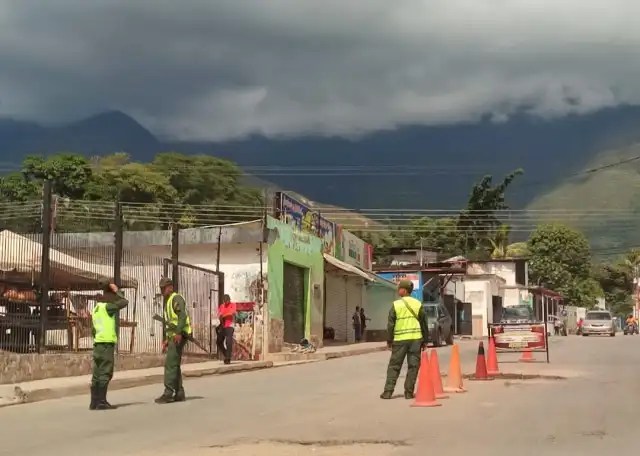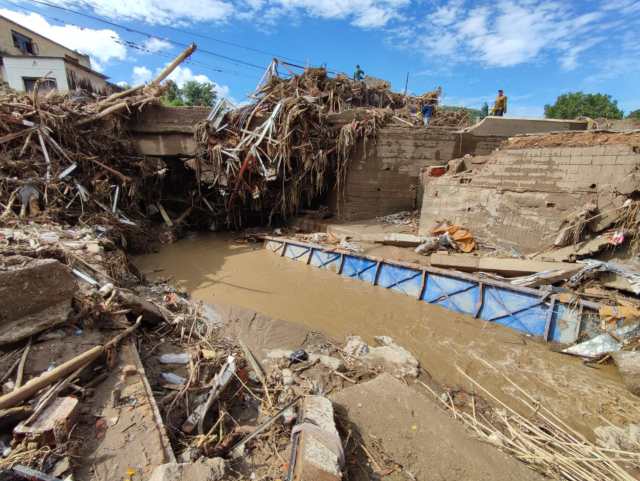
Today marks two months since Aragua State was hit by two landslides that occurred in two very different municipalities of the state. A disaster that forever changed the lives of hundreds of Venezuelans who lived in those areas.
lapatilla.com
The tragedy began in Las Tejerías, a small town located in the Santos Michelena Municipality, at the end of the afternoon of October 8th, where most of the inhabitants treated each other as family.
Precisely that kinship and closeness between the neighbors somewhat softened the pain of losing homes, businesses, belongings and relatives or friends who died by the strength of the waters of the “El Pato” ravine that overflowed without contemplation and dragged tons of mud and debris, after he incessant rains that hit the Aragua region during those days.
A week later, on October 17th, the chilling scene was repeated, but this time it happened in “El Castaño”, a privileged area in the north of Maracay, where professionals, businessmen, wealthy families and many Army and Air Force officers live.
With the overflow of the “Palmarito” ravine, terror and mourning permeated the hearts of those who never imagined that they would experience the most distressing moments of their lives.
Two weather caused events that became a national emergency. The landslide in El Castaño, although impressive, had a lesser impact in terms of the number of people affected: officially there were only four deaths.
In Las Tejerías, a sector with more vulnerable homes and infrastructure, many of these built on the banks of the ravine, the authorities have recorded 54 deaths. Due to the magnitude of the event, some specialists estimate that the number of deaths is higher and calculated that it could be close to 200 deaths.
Donations That Never Got There
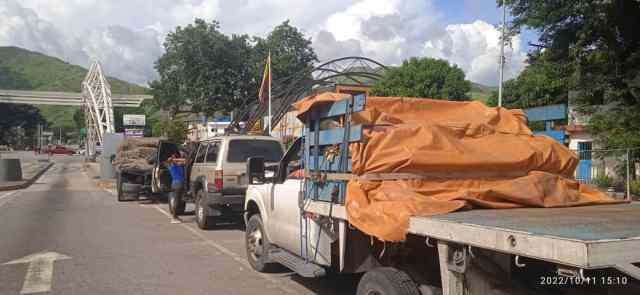
In Las Tejerías, on the night of Saturday, October 8th, a large part of the town disappeared: houses, schools, healthcare centers, depots, and businesses. Such was the gravity of the situation that the next day, Sunday, October 9th, the Vice President of the Chavista regime, Delcy Rodríguez, went to the town to assess the magnitude of the landslide.
However, it was not until two days after the tragedy, specifically on the morning of Monday, October 10th, when the clearing, debris removal, and search for missing persons began.
Firefighters, Civil Protection officials, rescue groups, police forces, doctors and different organizations from neighboring states joined the deployment to take care and aid the people of Tejerías. However, some of these agencies did not have the equipment and machinery required to deal with this type of rescue operations. The rescue efforts were carried out literally “with the nails”.
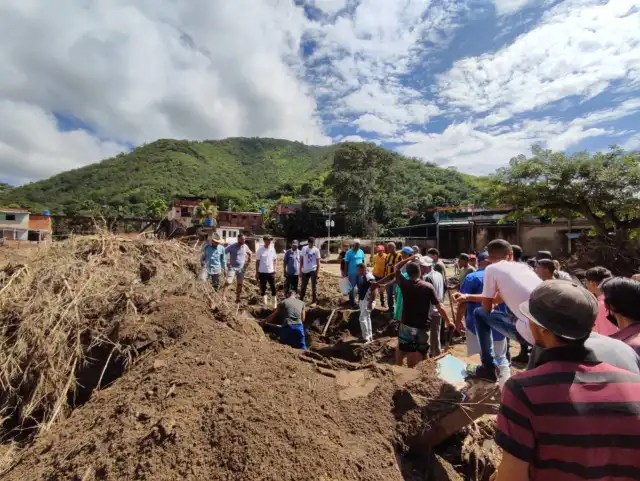
And those places where the authorities did not arrive, the local inhabitants with shovels in hand, began to remove the mud that covered their homes, trying to recover what was left of their belongings.
Some NGOs and Venezuelans sensitized to the tragedy began drives to collect food, water, medicines, clothes, among other things, to donate them to the people of Tejerías affected by the landslide. But this help, in many cases, was hindered by the military, who were in command of the rescue operations, even though they did not have the knowledge or technical expertise to carry out these tasks.
Around those October days, several videos went viral where people complained that they had no drinking water, nothing to eat, and that donations were being received by those who needed them least. Lack of coordination and improvisation were imposed at a time of emergency that required the intervention of technical specialists in disaster management.
The Help Plug (Connection)
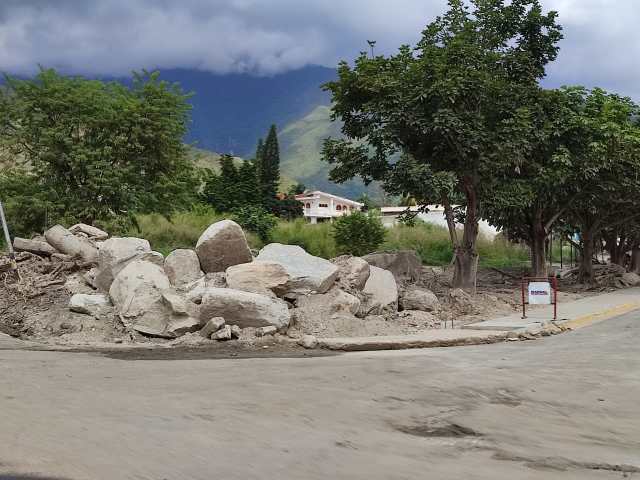
However, in El Castaño another was a completely different story. Faced with the disaster that the fury of the Palmarito ravine left behind, in less than half an hour after the landslide occurred, officials and authorities had already been deployed, according to the statements of some “maracayeros” (people of Maracay) who live in this area.
In fact, that October 17th when the weather event occurred, Nicolás Maduro himself arrived in El Castaño to order the deployment of a new work front in this area.
But this new “attention front” was not made up only of public officials and organizations. Private companies also joined this human team.
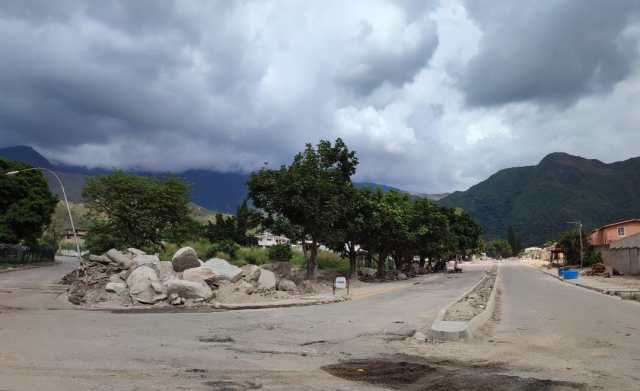
Neighbors grateful for the attention received from organizations and foundations, as well as professionals who offered their services free of charge, such as psychologists, traumatologists, physiotherapists, surgeons and veterinarians, assured that because it is a privileged area, the approach to tragedy was completely different from the one deployed in Las Tejerías. Helicopters were even seen rescuing the elderly or people with disabilities from their devastated homes.
“Overall, we are grateful because many of the businessmen and business owners live in this area and they themselves were the ones who made their machinery available and the road began to be cleared right then and there,” said one of the affected women who preferred to keep anonymity.
She also recalled that that “same night” the police and firefighters rescued people who were left incommunicado in their homes and climbed on their roofs.
“My neighbor was one of those who climbed onto the roof, and that night the firefighters rescued her by helicopter and took her to “Las Ballenas” (The Whales, an extense city park) and the doctors treated her there. I tell you honestly, I was afraid that it would happen to us the same as in Las Tejerías, but thank God we are privileged,” she reiterated.
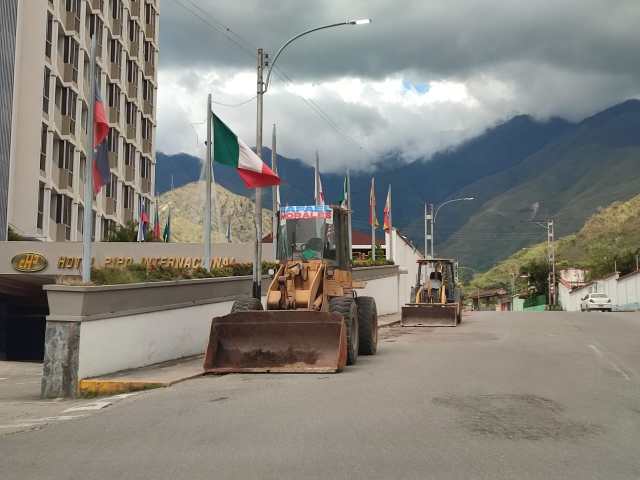
As for the businessmen involved, she explained that some did work to collaborate, while others did so “so that the government ‘owes them a favor’.”
“The first few days a lot of private people came up to help with machinery, but when the mayor came, you saw them behind him looking for some way to, I don’t know, maybe to get contracts or to get paid,” she stated.
The Chavista revolution came to power proclaiming that it would be a “government of the people and for the people.” More than two decades have passed and that pamphleteering slogan has gone with the wind. The way in which the emergency was managed in Las Tejerías and El Castaño is the best example of the deep social inequality that still prevails in Venezuela.
